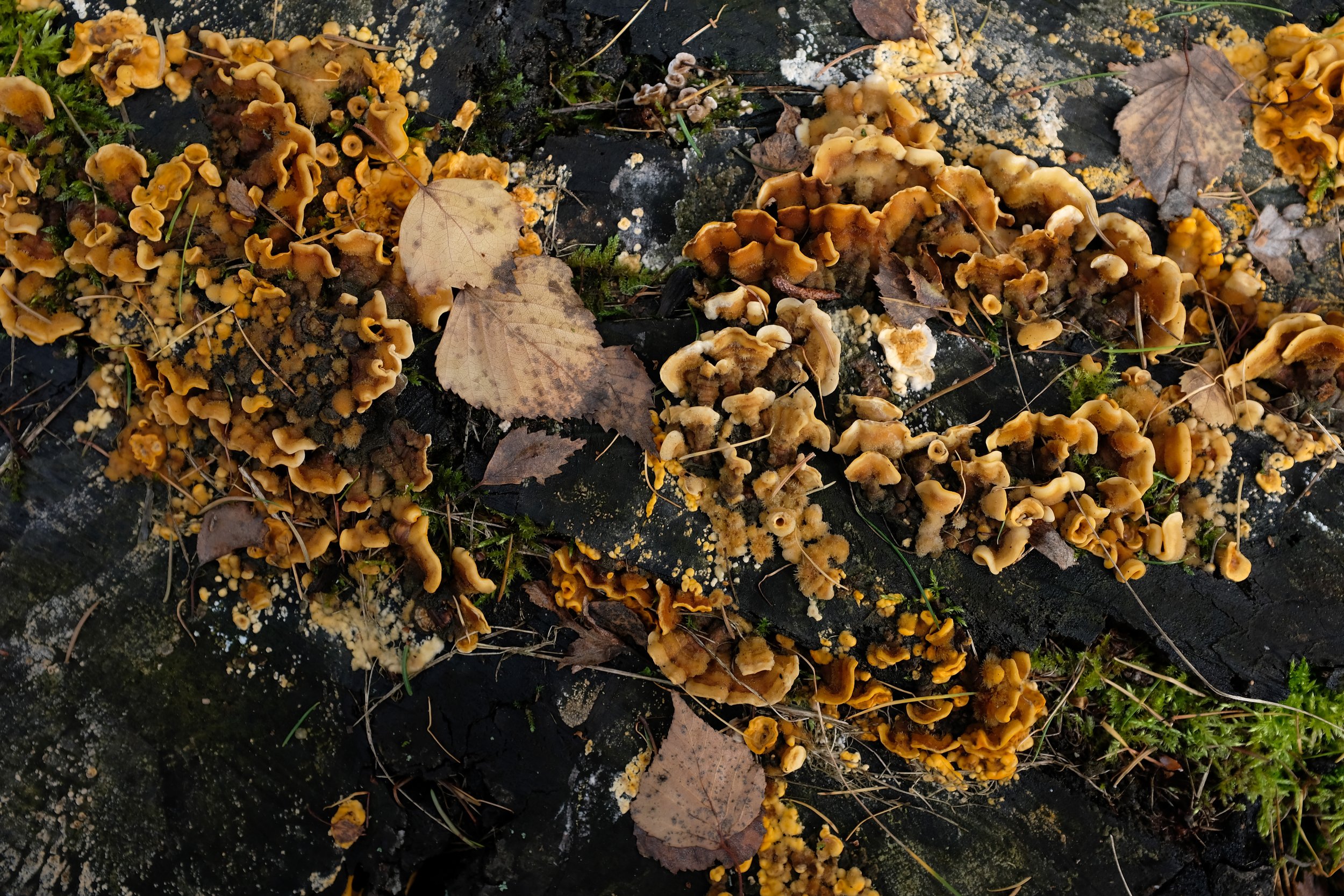
Sex can be complicated, but that seems especially true if you're a fungus. As Popular Science reports this week, one type of mushroom has more than 23,000 different sexes. Known by the very complicated name, Schizophyllum commune, this might seem spectacular by our standards, as many animals are in fact only one sex. But it's not uncommon in fungi.
Related: Gay lions spotted having sex in the savannah: Kenyan official is outraged
Kathie Hodge, an associate professor at Cornell University and director of the Cornell Plant Pathology Herbarium, explained the complicated world of fungi sex on her blog dedicated to the weird world of mushrooms. Essentially, fungi can swap any sort of genetic material, so the concept of gender is not needed. The fungi join in a so-called "clamp connection" that allows their nuclei to pass from one cell to another.
Rather than viewing this coupling in terms of sexes, Hodge said it's easier to think of it in terms of mating types. She explained a species can be bipolar, with two mating types or, as with Schizophyllum commune, have more than thousands upon thousands of mating types. The main requirement is that the fungi must procreate with a fungi of a different type. Also, either partner can get pregnant, which would be producing a mushroom in the fungi world, or be a father, which involves offering up a gamete, or reproductive cell.
It may seem like having multiple sex types would make fungi sex tricky, but it actually improves the odds of an individual finding a mate. "In contrast to humans–a human can typically mate successfully (have kids, I mean) with about half the people in the room," she writes. "But a fungus might find that nearly everybody on the dance floor is a potential mate."
However, while mating for some fungi can be easier, according to Hodge, it's also complicated, as is the case with Schizophyllum commune. The BBC notes that each sex gene can have many variations, meaning the fungus must find a mate who has distinct varieties of every single gene. While having thousands of sexual variations may seem excessive, there is good reason, the media outlet reports. More combinations of genes help protect against potential threats like droughts or parasites.

In a darker examination of fungi sex, a study from 2013 revealed that a yeast responsible for causing a life-threatening brain infection, Cryptococcus neoformans, can actually mate with clones of itself, reports Live Science.
And it's not just our fungi friends that have complicated sexual identities. In 2011, a cardinal was discovered that had the bright red markings associated with a male bird on one side and the more subdued gray coloring of a female on the other. Live Science reports that biologists determined the animal was part male and female, a condition known as gynandromorphism. This anomaly can also be found insects, spiders and birds.
Uncommon Knowledge
Newsweek is committed to challenging conventional wisdom and finding connections in the search for common ground.
Newsweek is committed to challenging conventional wisdom and finding connections in the search for common ground.
About the writer
Melissa is a science writer covering health for Newsweek and has contributed to Inc., Dr. Oz The Good Life, Men's Fitness, Marie Claire and others. She earned ... Read more
To read how Newsweek uses AI as a newsroom tool, Click here.








